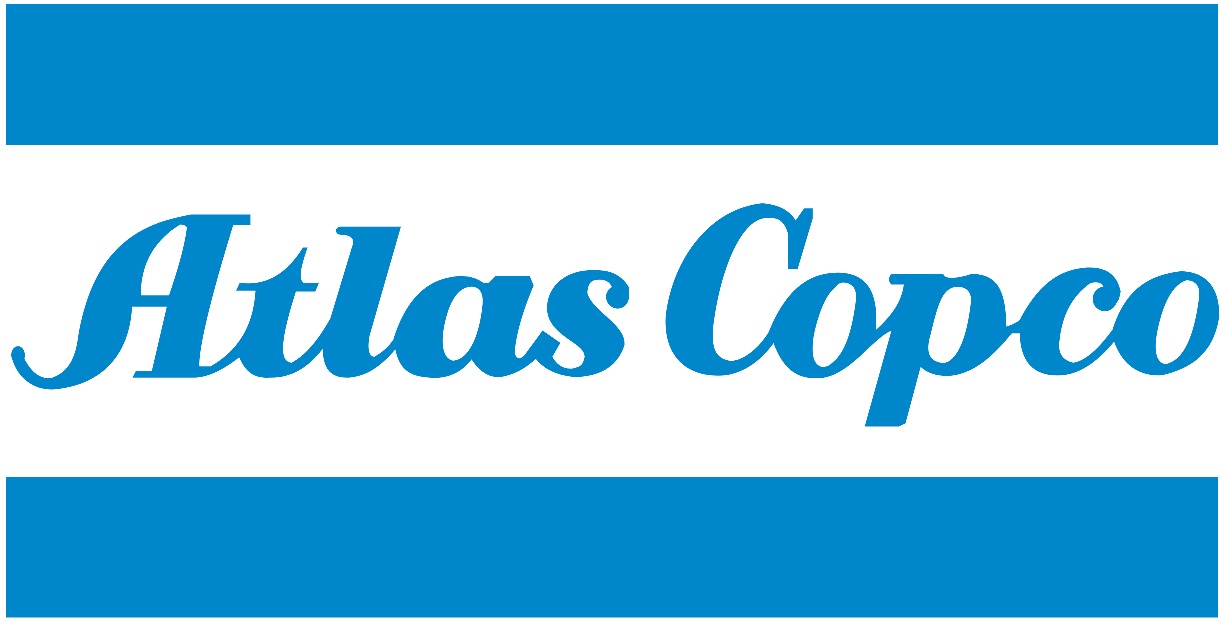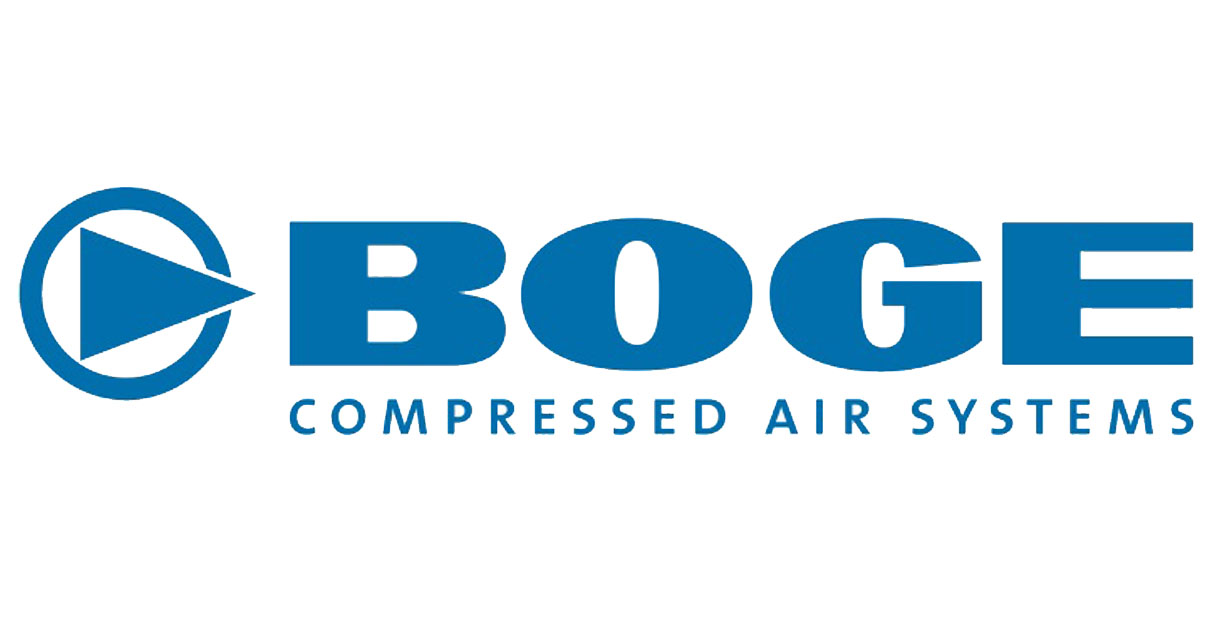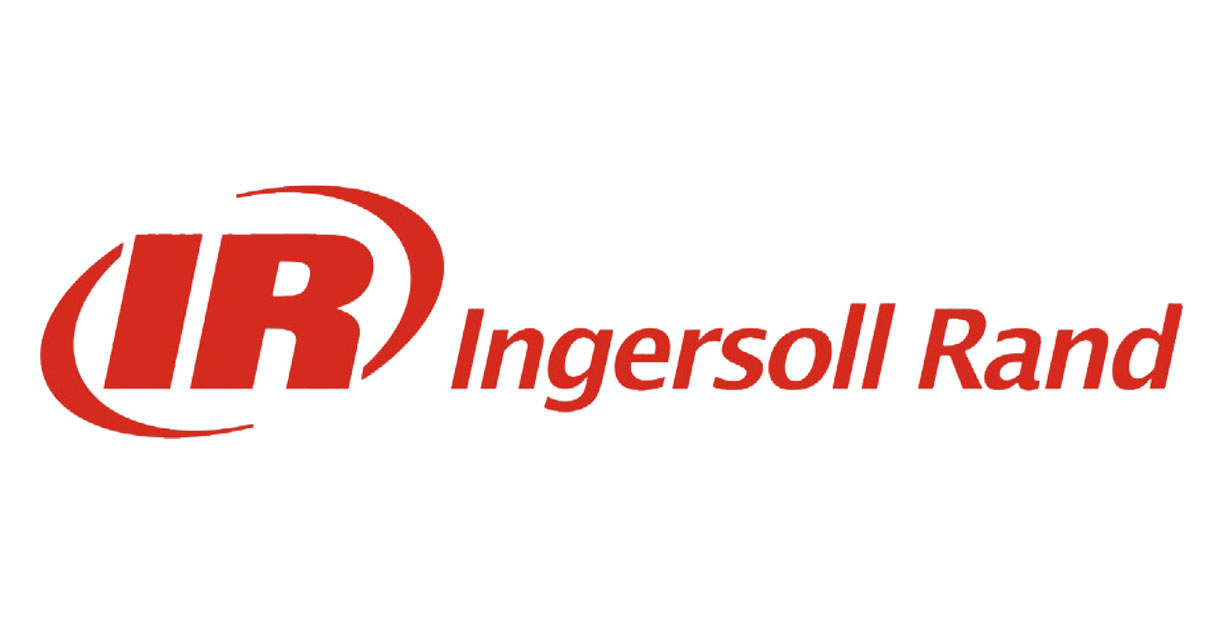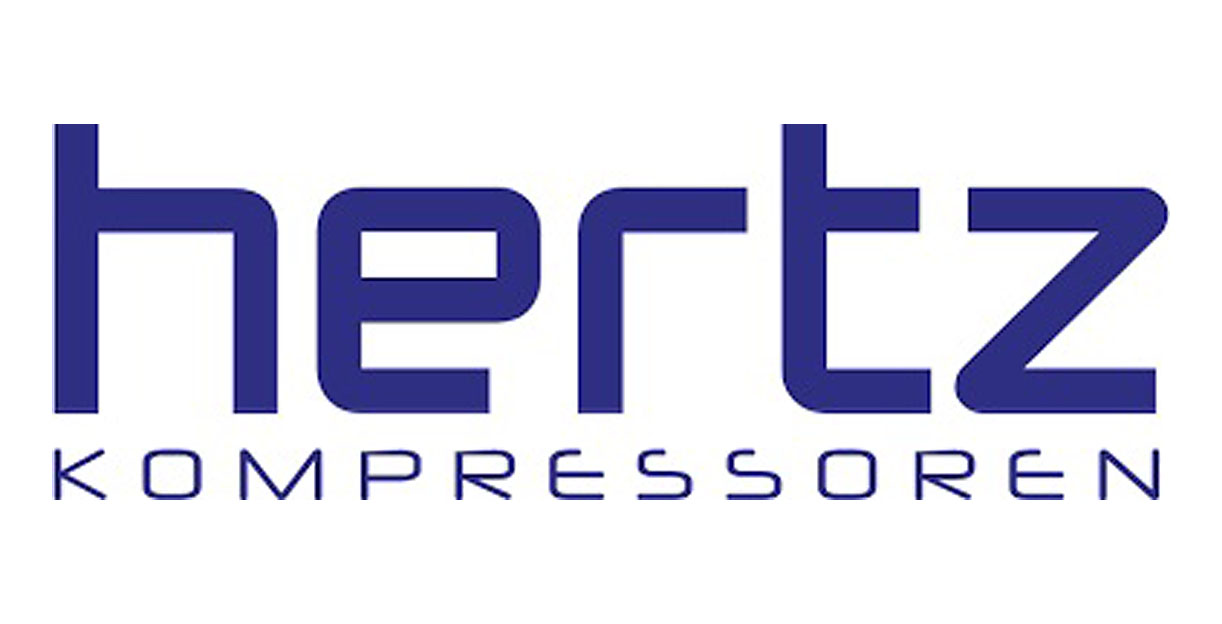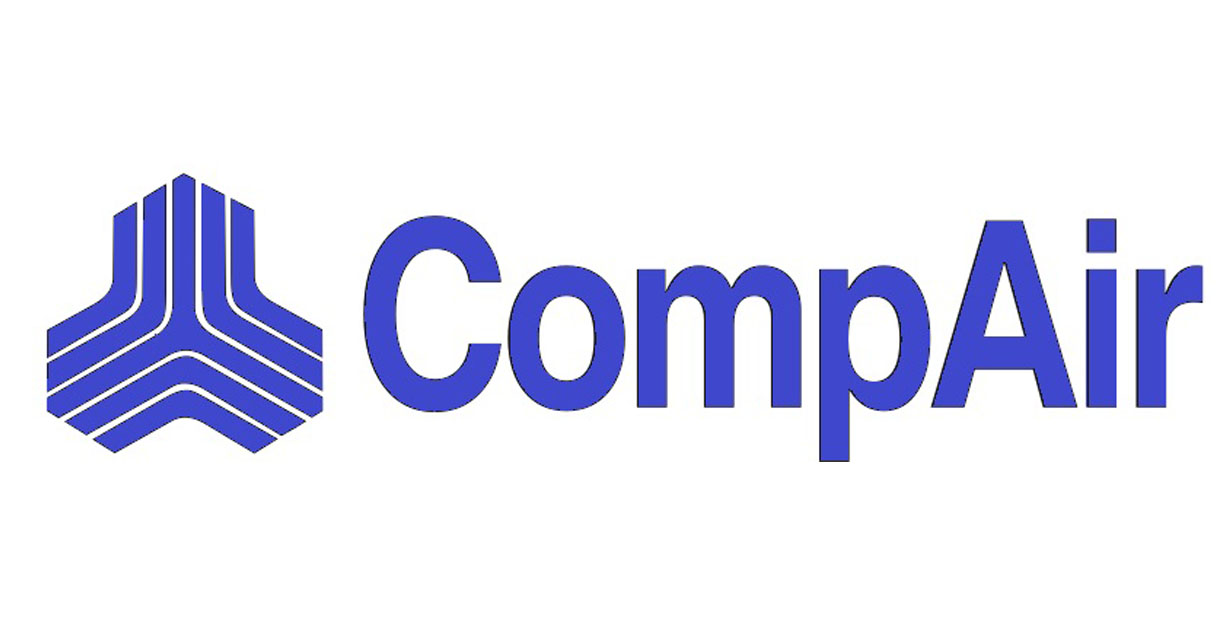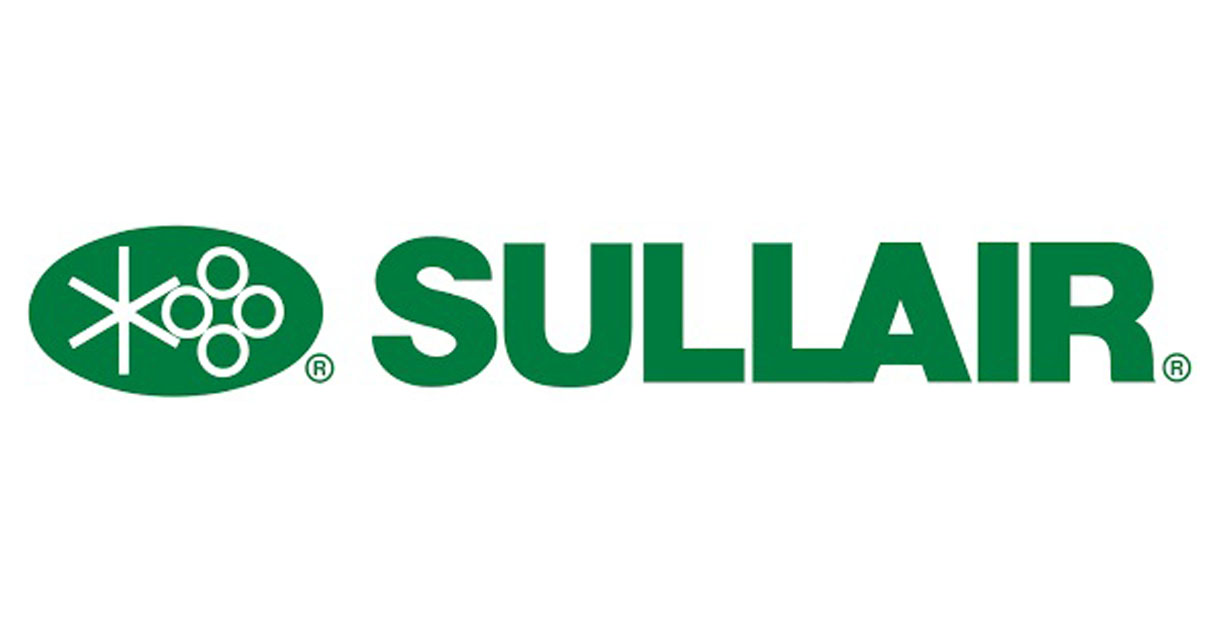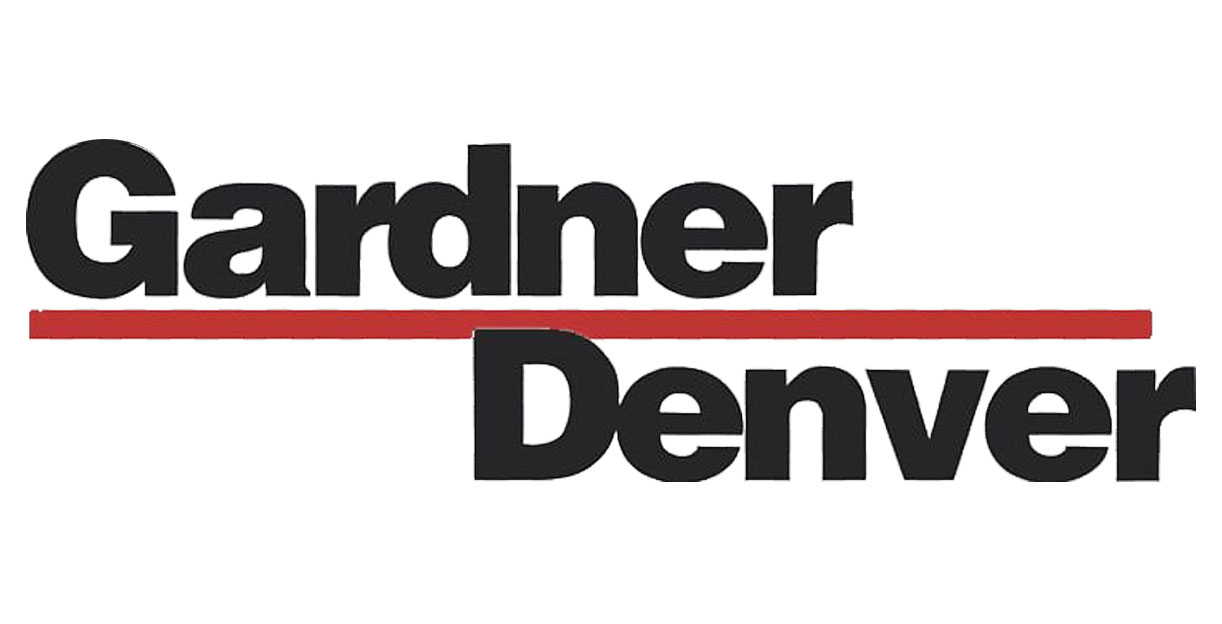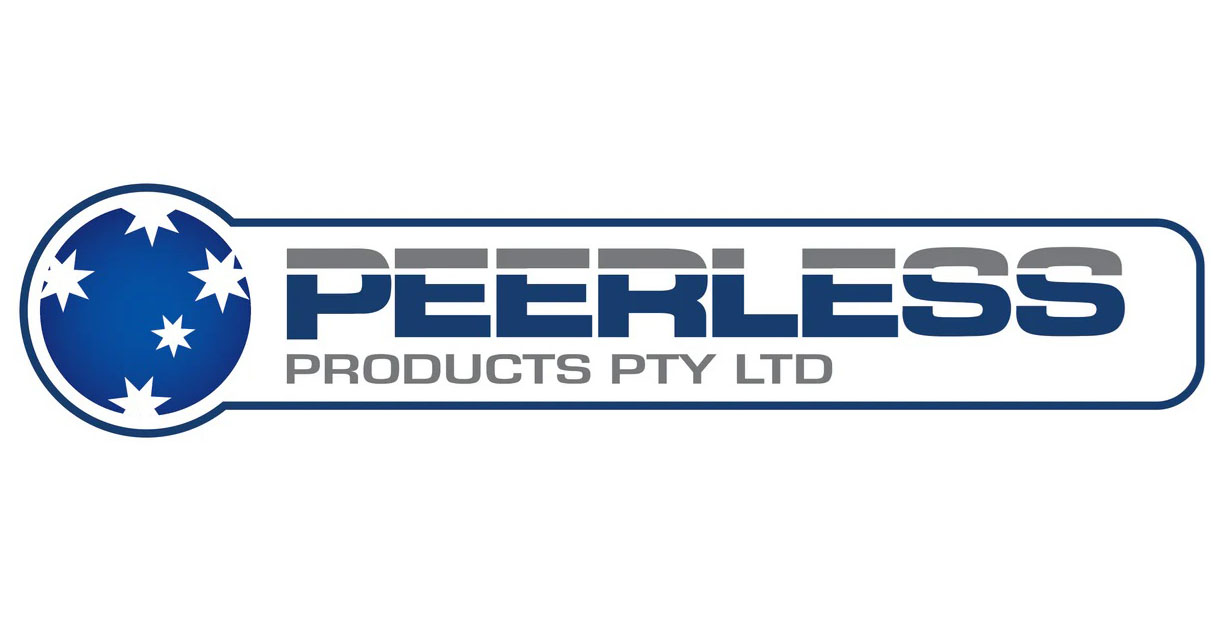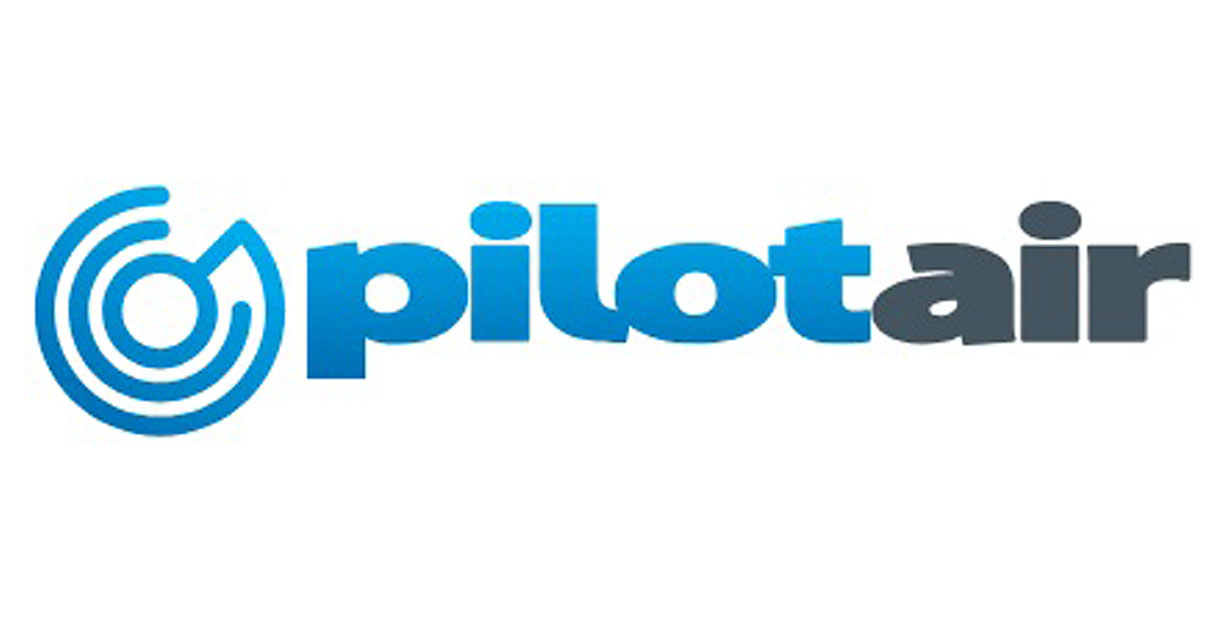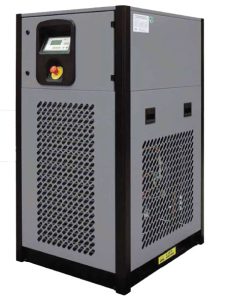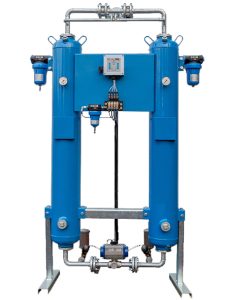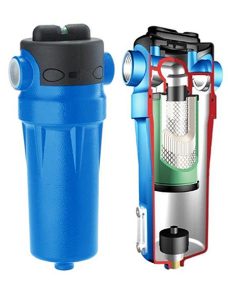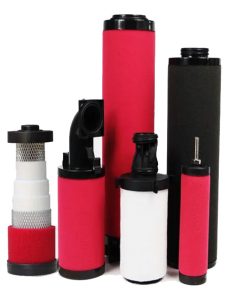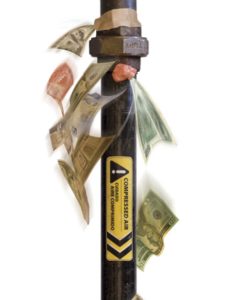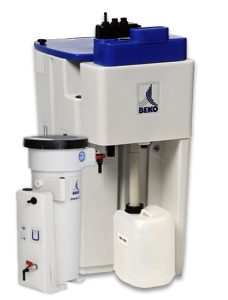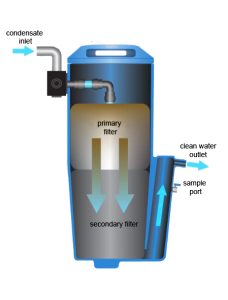SA Compressed Air, an Adelaide based business, specialising in air compressor servicing, air filtration & compressed air dryers, ensuring optimal performance and reliability of your equipment. Whether you operate with rotary screw compressors, reciprocating compressors, or any other type, our skilled technicians are equipped with the expertise and tools necessary to ensure optimal performance and longevity for your equipment.
We support industry sectors such as manufacturing, automotive and repair centres, construction, or any industry relying on compressed air, with our technicians are dedicated to keeping your operations running smoothly. Trust us to deliver reliable and efficient air compressor service, regardless of the make or model of your air compressors.
Experience unparalleled peace of mind knowing that your compressed air systems are in expert hands.


